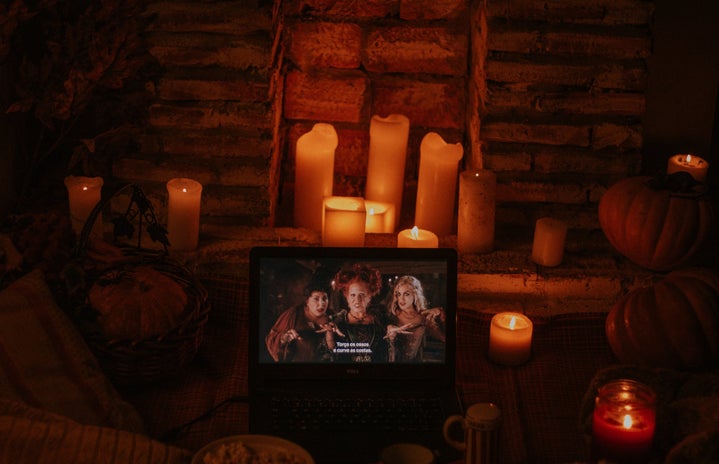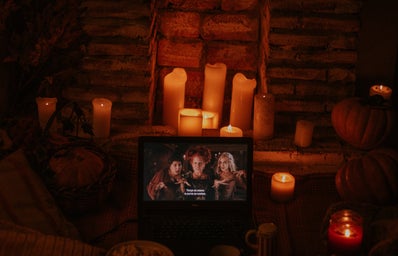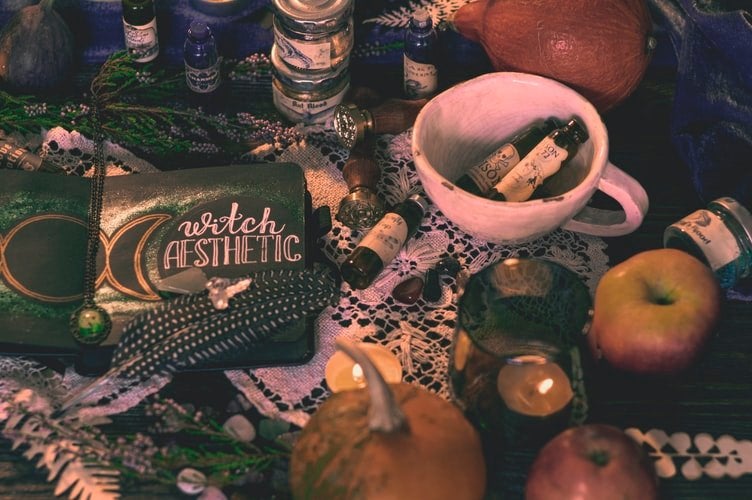When I was in third grade, I dressed as a witch for Halloween. In the 5th grade, I dressed as a witch again for Halloween. And finally, just this last Halloween, I dressed in a witch’s costume. I’m sure you can picture it: I’d wear a deep purple or black dress, with black fish nets, black boots, and a black hat. And of course, I carried around a broom and maybe brewed a few potions. We largely regard ‘the witch’ with no further significance than this: a silly and stereotypical costume. But witches aren’t supernatural, made-up beings, and they represent more than just a simple history of townspeople screaming “WITCH!” toward random women in Salem, Massachusetts. It has a deeply gendered and brutal history that has its origins back in the 16th and 17th centuries when the global political economy was switching from feudalism to capitalism. This is a very brief version of that history, and how capitalism began with the subjugation and mass murder of women that we have conveniently left out of our textbooks.
Let’s begin with a brief overview of old feudalism. Feudalism preceded capitalism, socialism, and communism in Europe and reached its peak during the Middle Ages (about the 5th to 15th century). The feudal system ran on an economic and political relationship called vassalage. At its core, this meant that the king would bestow land to the church and lords; peasants worked on this land for labor in exchange for military protection; the church and lords would profit, and give a large sum of this profit to the King while keeping the rest for themselves.

Although there was obvious and brutal oppression under feudalism, women were able to thrive in their own ways under this economic arrangement. Many women found financial independence in spaces known as the commons which was a location at the center of towns where anyone could come to socialize and trade goods. Many women were midwives or healers in these spaces. They collected herbs and nature’s medicines and could trade their goods and services. They were witches. These witches posed a threat to the incoming system of capitalism.
A note on capitalism: capitalism only exists under conditions of systematic socioeconomic oppression, carried out through cheap and unpaid labor. The people made to do this cheap/unpaid labor throughout capitalism’s entire history are people of color and women. In Marxist economics, this process is called primitive accumulation: the separation of the working class from the outputs of production, and the concentration of wealth to the select few — done so through inhumane and atrocious means. The way some people are able to profit so much is only possible by subjecting other people to poverty, starvation, homelessness, and death — and by controlling women’s actions and bodies.
Back to the witches: these women had found a way to be independent and not have to rely on a man or a household (i.e. childbirth) to provide themselves with sustenance. As Silvia Federici stated in her book Caliban and The Witch, witches were everything “that capitalism had to destroy: the heretic, the healer, the disobedient wife, the woman who dared to live alone, the obeah woman who poisoned the master’s food and inspired the slaves to revolt.” Men forced women to forgo presence in the public sphere and live exclusively in the domestic sphere of the home, where they would perform reproductive duties and housework that would never be paid. Capitalism divided productive labor (work done outside the home) from reproductive labor (work done inside the home, i.e. cleaning, cooking, sex, childbearing, raising children), and it held productive labor above, both socially and fiscally. Capitalism needed this gendered understanding of the home so that half of society’s duties would go unpaid.
Many women did not accede easily, as they attempted to retake the commons, led revolts, and lived outside the emerging way of life/ domesticity. But they were reprimanded for such actions and hunted down. These women were murdered and tortured until they submitted, and in less than 200 years, 80,000 women were killed.
The archetype of the witch: a hagged, unmarried, lustful, and unruly woman who lives in the woods. These weren’t the villains in a storybook, however, but rather women who refused to be banished to a life of childrearing servitude. They fought back and attempted to reclaim their sexuality and individuality. They were heroines. And they were burned and murdered for the sake of capitalism’s birth.
Capitalism has always and will always operate on the violence against women.
This is only the tip of the iceberg, so I urge people to learn more. Check out Silvia Federici’s full book, Caliban and The Witch — she is one of my all-time favorite feminist researchers and authors.
Can’t get enough of HC UMass Amherst? Be sure to follow us on Instagram, listen to us on Spotify, like us on Facebook, and read our latest Tweets!




